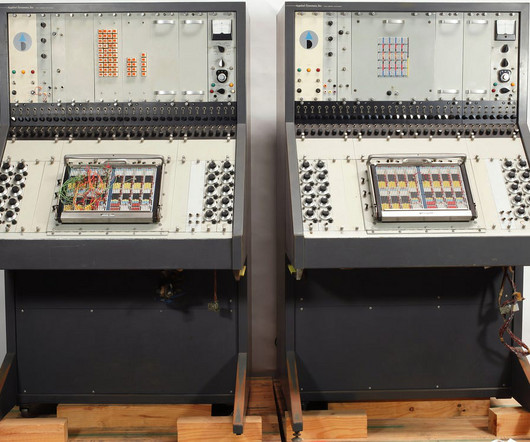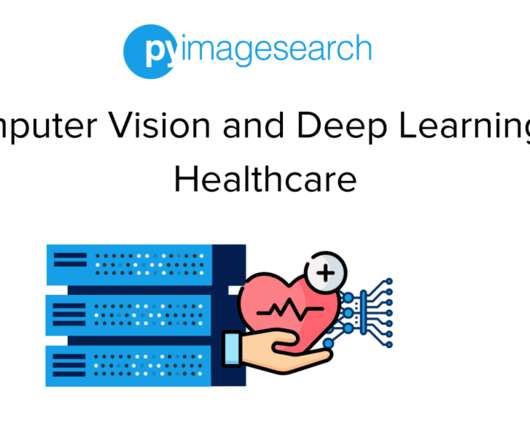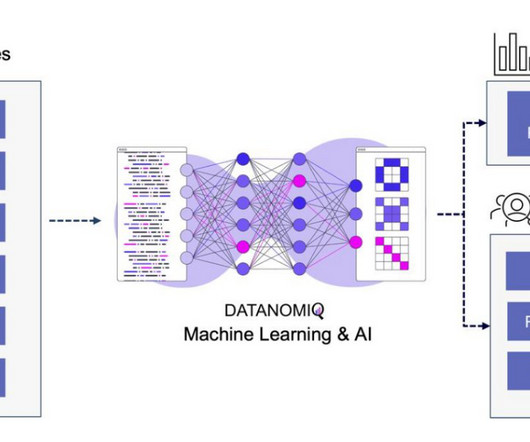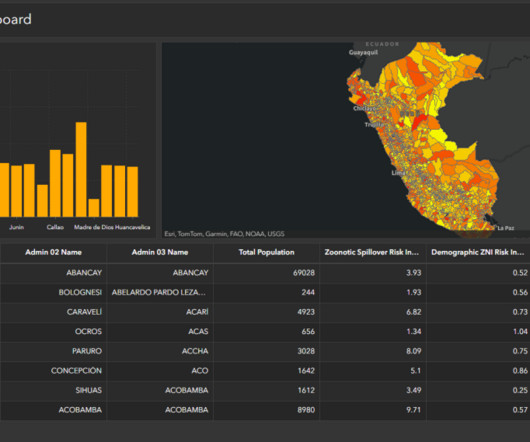Generative vs Discriminative AI: Understanding the 5 Key Differences
Data Science Dojo
MAY 27, 2024
In this blog, we will explore the details of both approaches and navigate through their differences. Released in 2020, AlphaFold leverages deep learning algorithms to accurately predict the 3D structure of proteins from their amino acid sequences, outperforming traditional methods by a significant margin. What is Generative AI?














Let's personalize your content